We hear a lot of talk about the product, but what about the consumer? This post is dedicated to the people who make up the demand and which are essential to keep the market flowing.
What are beer consumers like? How do they enjoy beer? What habits have changed substantially since the pandemic? In this article, we’ll talk about these and other trends formed by the profile of today’s beer drinker.
The beer consumer: sociable, extroverted and sustainable
That’s what one of the latest studies by 40dB for Cerveceros de España has to say after conducting a survey of 8,500 people aged 18 to 65 during the confinement period.
After being cooped up for several months in their homes, what these consumers were most eager to do was to get out and enjoy a beer with friends on an outdoor terrace.
Spain is a country that is objectively considered to be “beer-loving”; in fact, one in eight adults in Spain acknowledges drinking beer.
Just as the survey asserts that the average beer-drinker is sociable and extroverted, it also found that this beer-drinker is committed to the environment and leads an active life.
Beer is a “social” product by nature. In fact, beer-drinkers naturally associate the most special moments, of disconnecting and spending free time in the company of family members and friends, with beer.
The report also reveals that beer consumers are concerned about their health and physical appearance, in addition to being aware of and concerned about sustainability.
Specifically, 60% state that climate change is one of the most important problems today; up to 75% recycle, and 65% believe that large companies should pursue CSR policies.
How is beer consumed?
Although it is generally recognized that COVID-19 radically slowed down and changed consumption habits, domestically there are a series of conditioning factors that position beer consumption in Spain from the general perspective that the main tendency is to enjoy it outside the home.
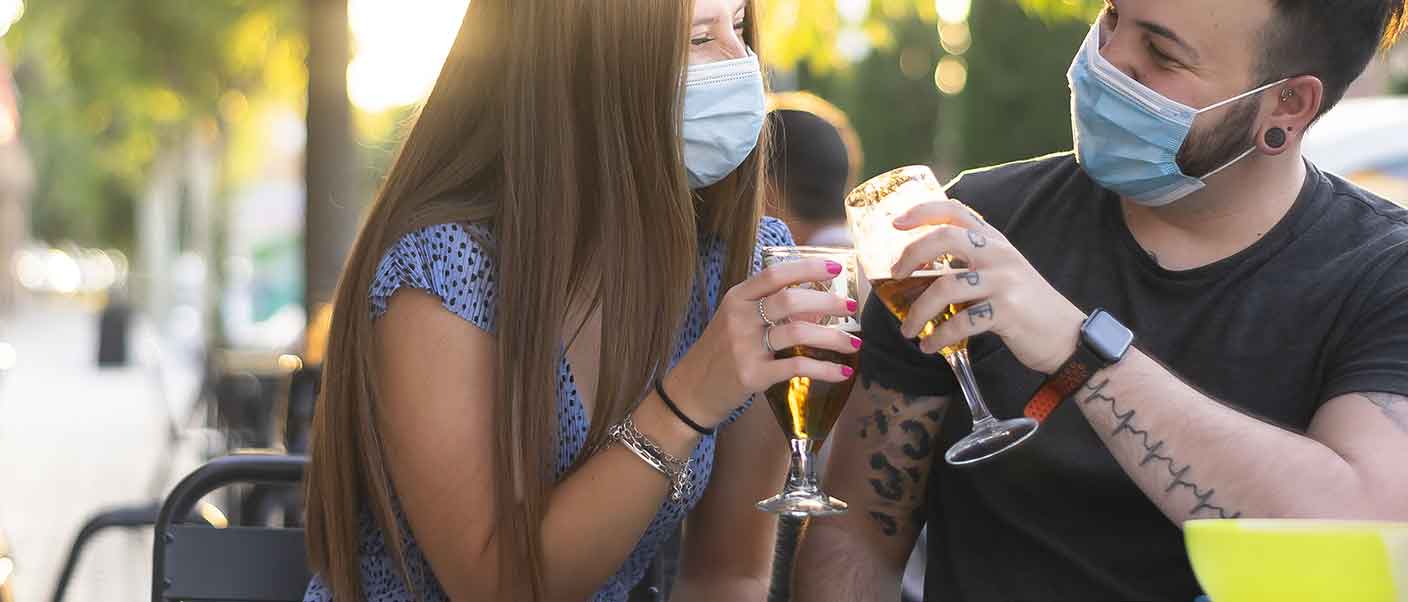
There are a series of deeply rooted cultural factors related to Mediterranean consumption patterns that are giving this beverage a new boost.
In Spain, beer is most often consumed with food.
The tapa-beer tandem, or enjoying a beer in the mid-morning, as an aperitif, or with dinner, best in the company of others or at moments of disconnection, is one of the essential features of our country.
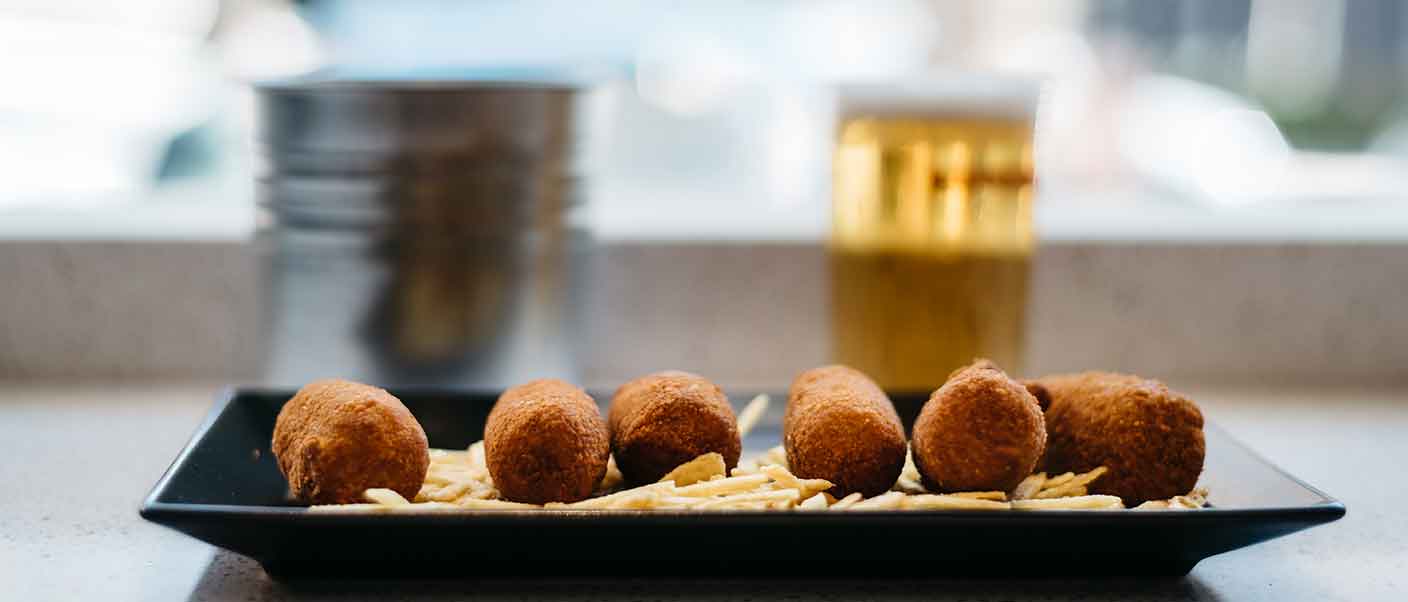
These very positive factors are helped along in part by the emergence of non-alcoholic beers.
Spain, the country of “non-alcoholic”
Spain is the number-one producing and consuming country in the EU of non-alcoholic beer thanks to the commitment and innovation of the largest brewers.
The first created domestically was from the Ámbar brand in 1976, and, of the major groups, Mahou San Miguel is the one that continues to bet on this type of beer, due to their significant sales volume.
The tiny amount of alcohol they contain, besides helping to round out the beer, also makes them the only option for people who like beer but have to limit their consumption due to dangers such as driving or who prefer to enjoy alcohol-free beverages because they’re healthier.
Beyond this, there’s a new wave of zero-alcohol beers that are completely alcohol-free and others with differentiating favours, such as the radlers and Mahou 00 Tostada, the success of which has exceeded the expectations of the market.
España es el primer país productor y consumidor de la Unión Europea de cerveza sin alcohol gracias a la apuesta e innovación de las principales cerveceras.
A post-pandemic change of habits: “home sweet home”
The inevitable need to stay at home triggered an unexpected change in consumption, with an increase in purchases from home, which is the main place where it was possible to consume beer.
Taking stock of the situation of the sector, it was noted at the Cerveceros de España Congress that beer is a beverage that is mainly consumed—to the tune of 65%—in bars and restaurants.
Specifically, the sharp drop in sales of 42% shows how hard the brewing sector was hit in the worst months of the pandemic.
Nonetheless and despite the difficulties, the on-trade sector is starting to recover little by little, and to savour results like in the good old days. It is even considering and expanding new consumption options, such as outdoor areas and terraces, which, if not available in establishments before the pandemic, were improvised in order to continue serving customers.
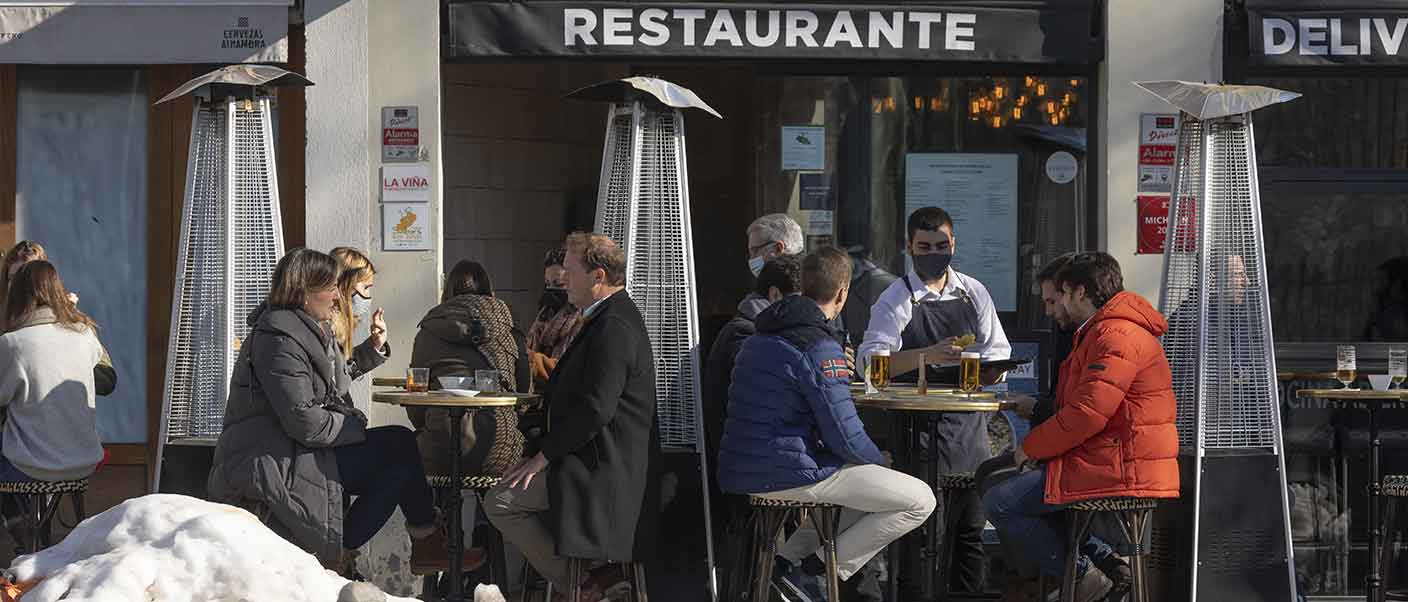
The phased return of tourism and mobility, with the accompanying full reopening of bars and restaurants, promises considerably more encouraging figures than in recent times, with hopes pinned on a gradual recovery.

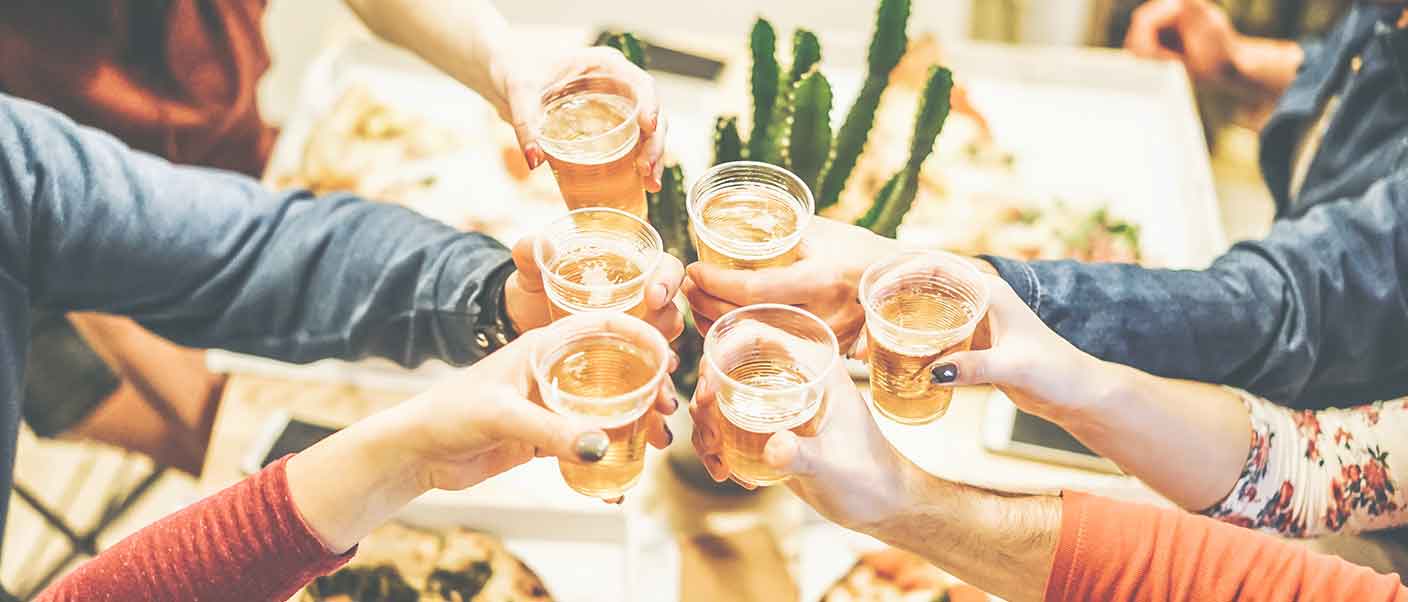




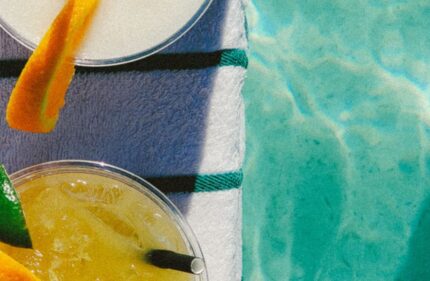
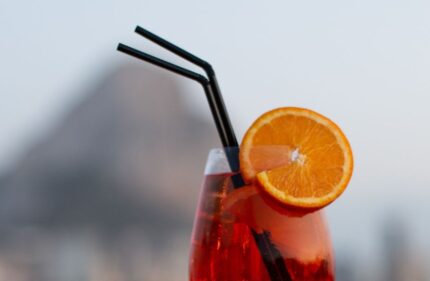
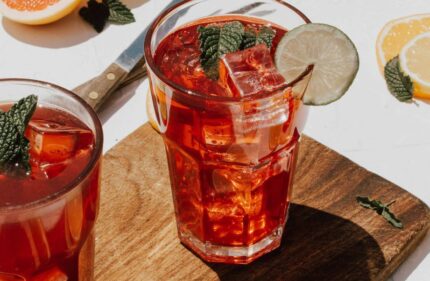
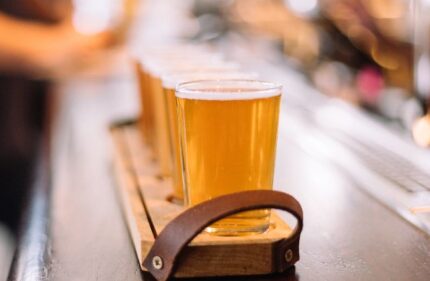
Comments